Bodo Rueckauer
Efficient Deep Reinforcement Learning with Predictive Processing Proximal Policy Optimization
Nov 11, 2022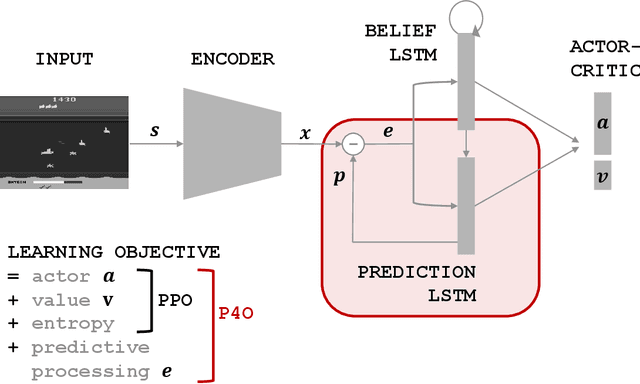
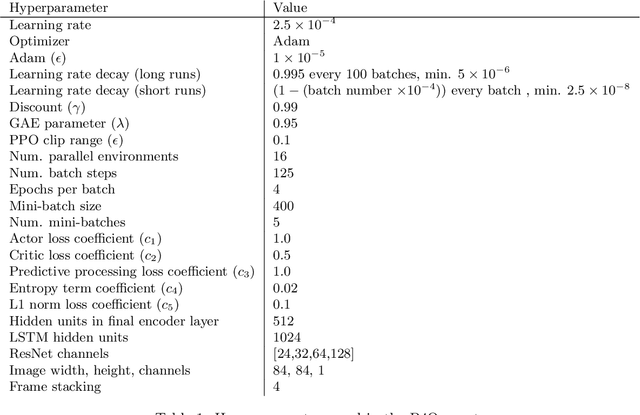
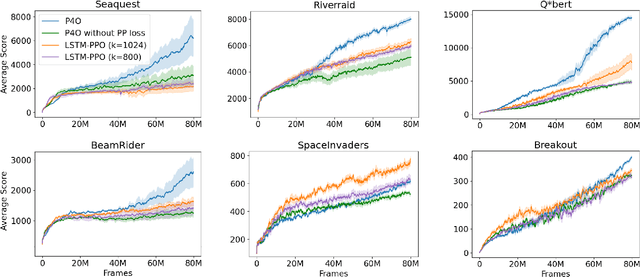
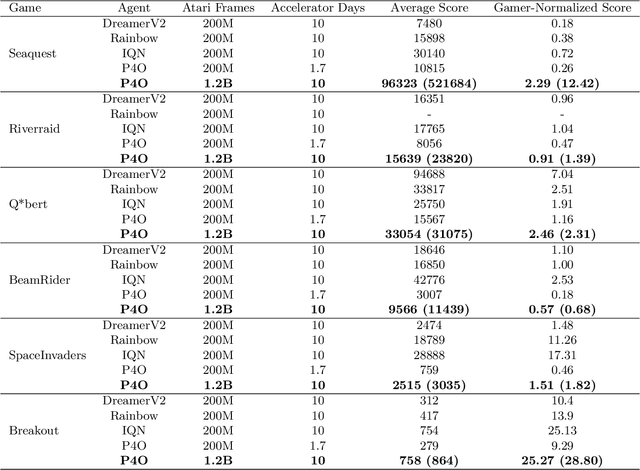
Abstract:Advances in reinforcement learning (RL) often rely on massive compute resources and remain notoriously sample inefficient. In contrast, the human brain is able to efficiently learn effective control strategies using limited resources. This raises the question whether insights from neuroscience can be used to improve current RL methods. Predictive processing is a popular theoretical framework which maintains that the human brain is actively seeking to minimize surprise. We show that recurrent neural networks which predict their own sensory states can be leveraged to minimise surprise, yielding substantial gains in cumulative reward. Specifically, we present the Predictive Processing Proximal Policy Optimization (P4O) agent; an actor-critic reinforcement learning agent that applies predictive processing to a recurrent variant of the PPO algorithm by integrating a world model in its hidden state. P4O significantly outperforms a baseline recurrent variant of the PPO algorithm on multiple Atari games using a single GPU. It also outperforms other state-of-the-art agents given the same wall-clock time and exceeds human gamer performance on multiple games including Seaquest, which is a particularly challenging environment in the Atari domain. Altogether, our work underscores how insights from the field of neuroscience may support the development of more capable and efficient artificial agents.
Theory and Tools for the Conversion of Analog to Spiking Convolutional Neural Networks
Dec 13, 2016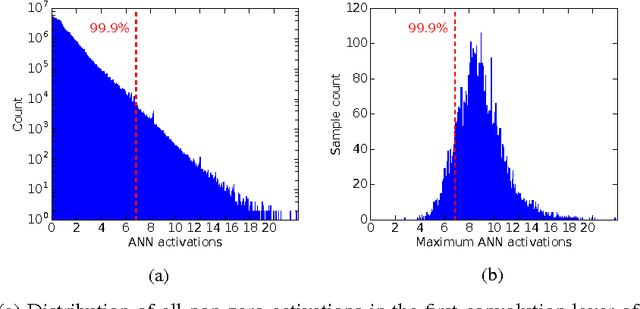
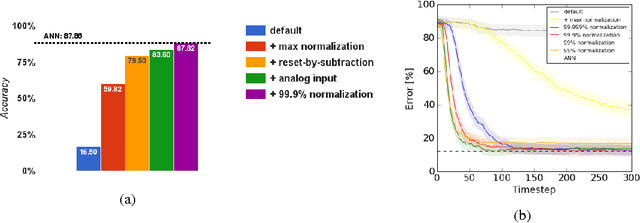
Abstract:Deep convolutional neural networks (CNNs) have shown great potential for numerous real-world machine learning applications, but performing inference in large CNNs in real-time remains a challenge. We have previously demonstrated that traditional CNNs can be converted into deep spiking neural networks (SNNs), which exhibit similar accuracy while reducing both latency and computational load as a consequence of their data-driven, event-based style of computing. Here we provide a novel theory that explains why this conversion is successful, and derive from it several new tools to convert a larger and more powerful class of deep networks into SNNs. We identify the main sources of approximation errors in previous conversion methods, and propose simple mechanisms to fix these issues. Furthermore, we develop spiking implementations of common CNN operations such as max-pooling, softmax, and batch-normalization, which allow almost loss-less conversion of arbitrary CNN architectures into the spiking domain. Empirical evaluation of different network architectures on the MNIST and CIFAR10 benchmarks leads to the best SNN results reported to date.
 Add to Chrome
Add to Chrome Add to Firefox
Add to Firefox Add to Edge
Add to Edge